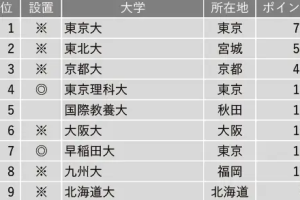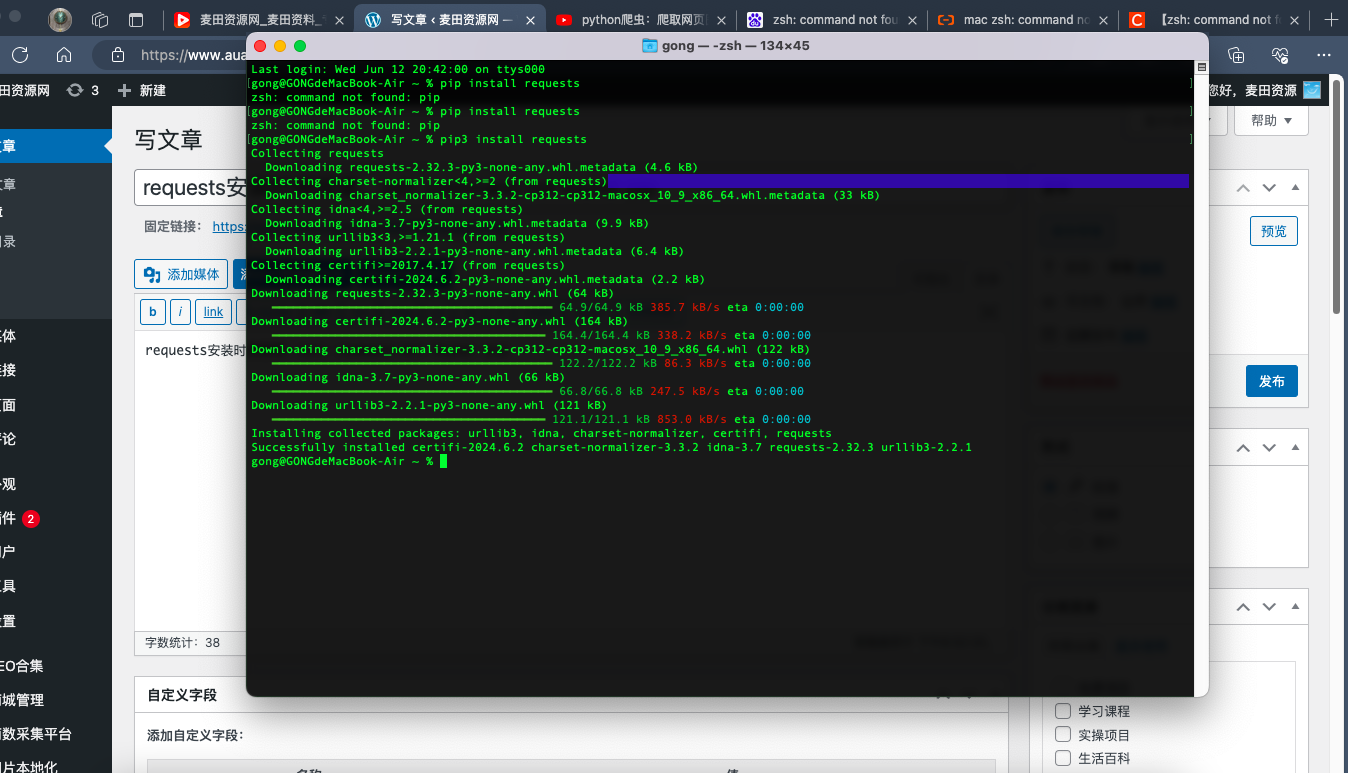Board games have been a beloved pastime for centuries, offering entertainment, social interaction, and intellectual stimulation. From classics like Monopoly and Scrabble to modern favorites like Settlers of Catan and Ticket to Ride, the world of board gaming is diverse and dynamic. However, behind every successful board game lies a complex process of design, development, and production. In this article, we’ll explore the intricacies of creating a board game and delve into the step-by-step process involved.
### 1. Conceptualization
The journey of creating a board game begins with a spark of inspiration. Whether it’s a theme, a mechanic, or a unique gameplay idea, the initial concept sets the foundation for the entire game. Designers brainstorm ideas, conduct research, and explore different themes and mechanics to find the right fit for their game.
During the conceptualization phase, designers often create prototypes or mock-ups to test out their ideas and iterate on them. This process involves experimenting with different components, rules, and gameplay mechanics to refine the core concept and ensure it’s engaging and enjoyable for players.
### 2. Design and Development
Once the concept is solidified, the design and development phase begins in earnest. Designers create detailed rulesets, game boards, cards, tokens, and other components, paying close attention to usability, balance, and aesthetics. Graphic designers may be brought in to create artwork and layout designs that enhance the game’s visual appeal.
Simultaneously, developers playtest the game extensively to identify any flaws, imbalances, or areas for improvement. Playtesting is a crucial step in the development process, allowing designers to gather feedback from players and refine the game mechanics, rules, and components based on real-world gameplay experiences.
### 3. Production
With the game design finalized, the focus shifts to production. This involves sourcing materials, selecting manufacturers, and coordinating the printing and assembly of the game components. Depending on the scale of the project, designers may choose to self-publish the game or partner with a publisher who specializes in board games.
Production considerations include quality control, cost-effectiveness, and sustainability. Designers must ensure that the final product meets their standards of quality and durability while remaining within budget and adhering to ethical and environmental standards.
### 4. Marketing and Distribution
Once the game is ready for release, designers must market and distribute it to reach their target audience. This involves creating promotional materials, such as trailers, demos, and social media campaigns, to generate buzz and attract attention to the game.
Designers may choose to sell the game through various channels, including online retailers, brick-and-mortar stores, and crowdfunding platforms. Distribution logistics, such as shipping, inventory management, and fulfillment, must be carefully coordinated to ensure a smooth and efficient process.
### 5. Community Engagement and Support
Even after the game is released, the work doesn’t stop there. Successful board games cultivate active and engaged communities of players who provide feedback, share strategies, and participate in organized events and tournaments.
Designers must actively engage with their community, responding to feedback, addressing concerns, and providing ongoing support and updates to keep the game fresh and exciting. This may involve releasing expansions, organizing tournaments, or creating online forums and social media groups where players can connect and interact.
### Conclusion
Creating a board game is a labor of love that requires creativity, skill, and perseverance. From conceptualization to production, marketing, and community engagement, the process is multifaceted and challenging. However, for those passionate about board games, the rewards are immeasurable – the thrill of seeing your vision come to life, the joy of sharing it with others, and the satisfaction of knowing that you’ve created something truly special. So, next time you sit down to play a board game, take a moment to appreciate the incredible journey that went into its creation.
点击注册本站用户
声明:本站收集整理各大网赚平台的付费资源,仅提供资源分享,不提供任何的一对一教学指导,不提供任何收益保障,具体请自行分辨测试。 网站上传的百度网盘链接失效,购买网站资源或者开通网站会员有充值问题,可以联系站长处理。本站所有文章,如无特殊说明或标注,均为本站原创发布。任何个人或组织,在未征得本站同意时,禁止复制、盗用、采集、发布本站内容到任何网站、书籍等各类媒体平台。如若本站内容侵犯了原著者的合法权益,可联系我们进行处理。客服QQ:2350288510






